Nature
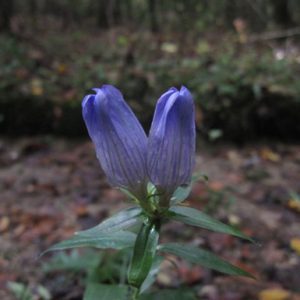
Gentian abloom in our woodlands
Although a hard word to pronounce, “gentian” is a group of pretty flowers that are found all over the world, on all continents except Antarctica. There are more than 1,000 species of gentian worldwide, and gentians are found in a wide variety of habitats, from rainforest to desert. In this area, gentians are typically found […]
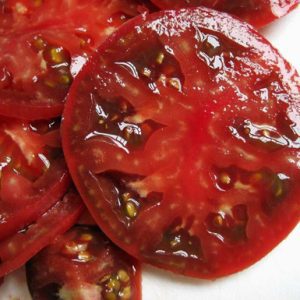
Avoiding the tomato-industrial complex
This time of year, I’m trying to get my fill of fresh tomatoes from the farmers market and my parents’ garden in the Uwharries. As fall approaches, I start to crave heartier food and switch to recipes that call for canned tomatoes. I rarely buy fresh tomatoes out of season, but when I’m eating out, […]
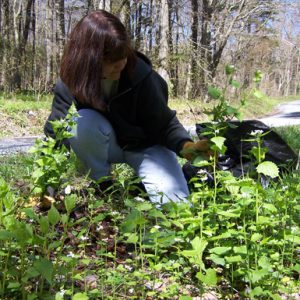
Science, in your own backyard
Have you wondered whether bees in our area are suffering from colony collapse disorder? Do you know what fly fishing’s aquatic insects can tell us about water quality? Entomologists (insect scientists) are no longer the only people watching bugs. Like many branches of natural science, entomology has reached out to citizen scientists for help in […]
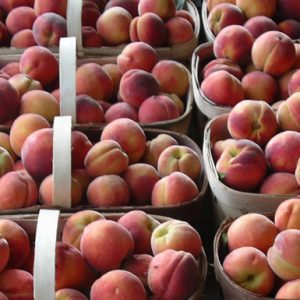
The Sandhills’ peachy heritage
A peach display in the grocery store might mention where the fruit was grown. Too often, that means Georgia or California. At a farm stand in the Sandhills, the peaches come from an orchard right here on the edge of the Uwharries. Growers even note the specific variety. After writing about the Ophir apple last […]
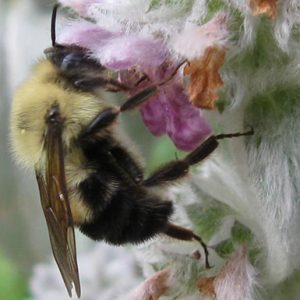
Native pollinators
Fruits and vegetables that taste like summer—tomatoes, peppers, cucumbers, blueberries, raspberries, melons—are swelling and ripening in gardens and farms of our region. These crops would be far less abundant without the buzzing chorus of pollinating insects that provide their services for free. Commercial honey bee and bumble bee operations make good use of the industrious […]
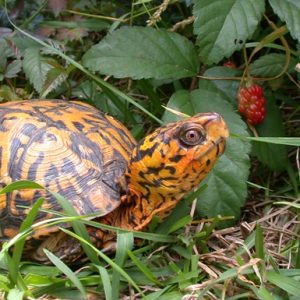
Box turtles
My mom was putting out mulch about this time last year when she noticed a box turtle digging a hole in the dry, red clay under the eaves of the house. Eastern box turtles (Terrapene carolina carolina) appear in many types of habitat, making them a natural choice for our state reptile. Since they’re most […]
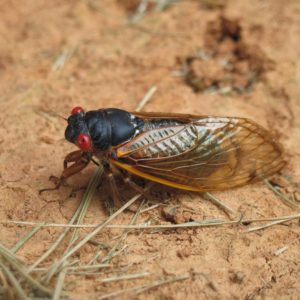
The song of the cicada
If you’ve gotten outside lately you must have noticed that the forests have been alive with a consistent humming and drumming, sometimes quite loud. When you first hear it you’ll swear there is a motor running, or look skyward in search of the nearby power line. But this sound is natural, as it comes from […]
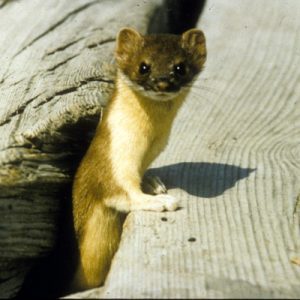
Long-tailed Weasels
As you’ve likely gathered from a number of both my and Ruth Ann Grissom’s past articles on this website, it is pretty safe to say that there’s still a lot about wildlife we just don’t know in the Uwharries, and a lot of other places as well. One factor that is largely responsible for this […]

Birding along the Uwharrie, without binoculars
It’s an unfortunate fact of life for birders in the Uwharries – spring migration peaks as trees come into full leaf. Trying to identify palm-sized birds flitting through the canopy can lead to a serious case of “warbler neck.” If you like to bird along the Uwharrie River, as I do, you also risk ruining […]
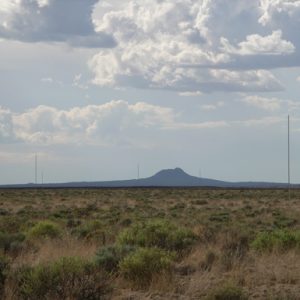
Land Art
In the early 1970s, a group of artists rebelled against the market-driven forces in New York. They moved out West and began to use the earth as their canvas. In time, their works became known as earth art or land art. The Lightning Field by Walter De Maria is one of the best examples. On […]